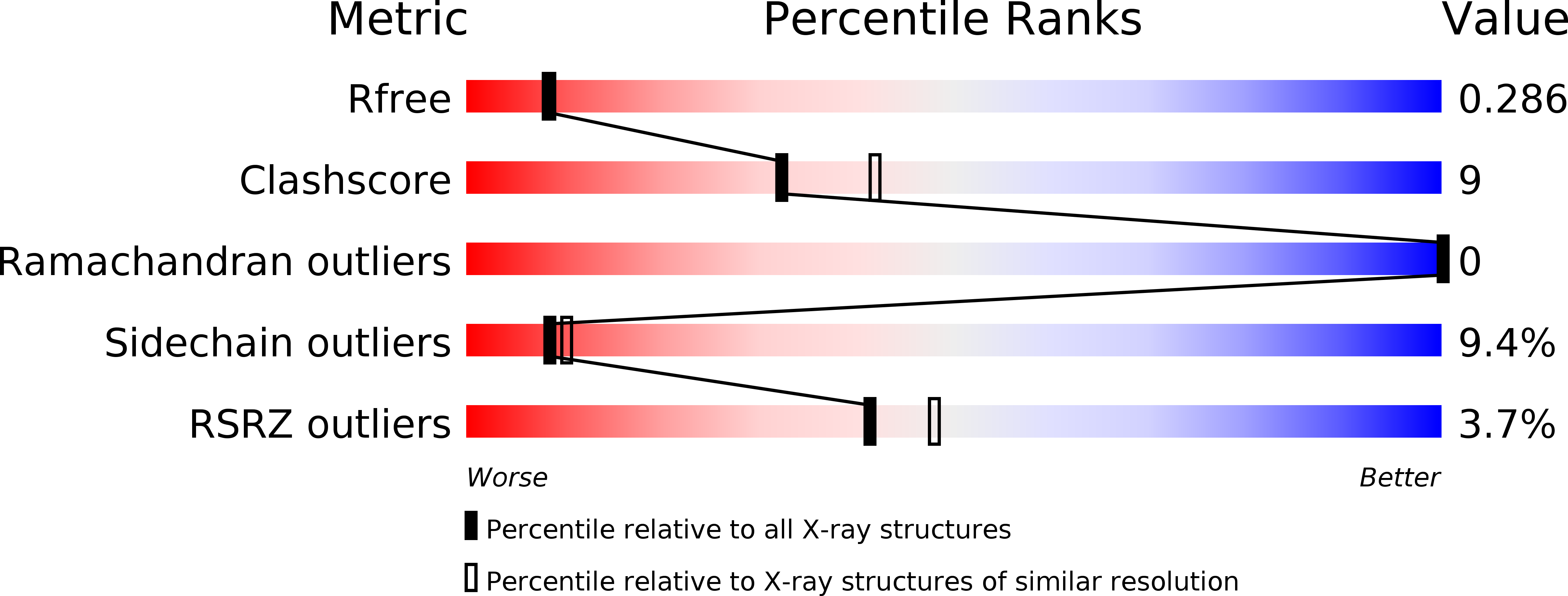
Deposition Date
2010-08-04
Release Date
2011-03-23
Last Version Date
2024-10-30
Entry Detail
PDB ID:
3OA7
Keywords:
Title:
Structure of the C-terminal domain of Cnm67, a core component of the spindle pole body of Saccharomyces cerevisiae
Biological Source:
Source Organism:
Bacillus phage phi29 (Taxon ID: 10756)
Saccharomyces cerevisiae (Taxon ID: 4932)
Saccharomyces cerevisiae (Taxon ID: 4932)
Host Organism:
Method Details:
Experimental Method:
Resolution:
2.30 Å
R-Value Free:
0.27
R-Value Work:
0.23
R-Value Observed:
0.23
Space Group:
C 2 2 21


